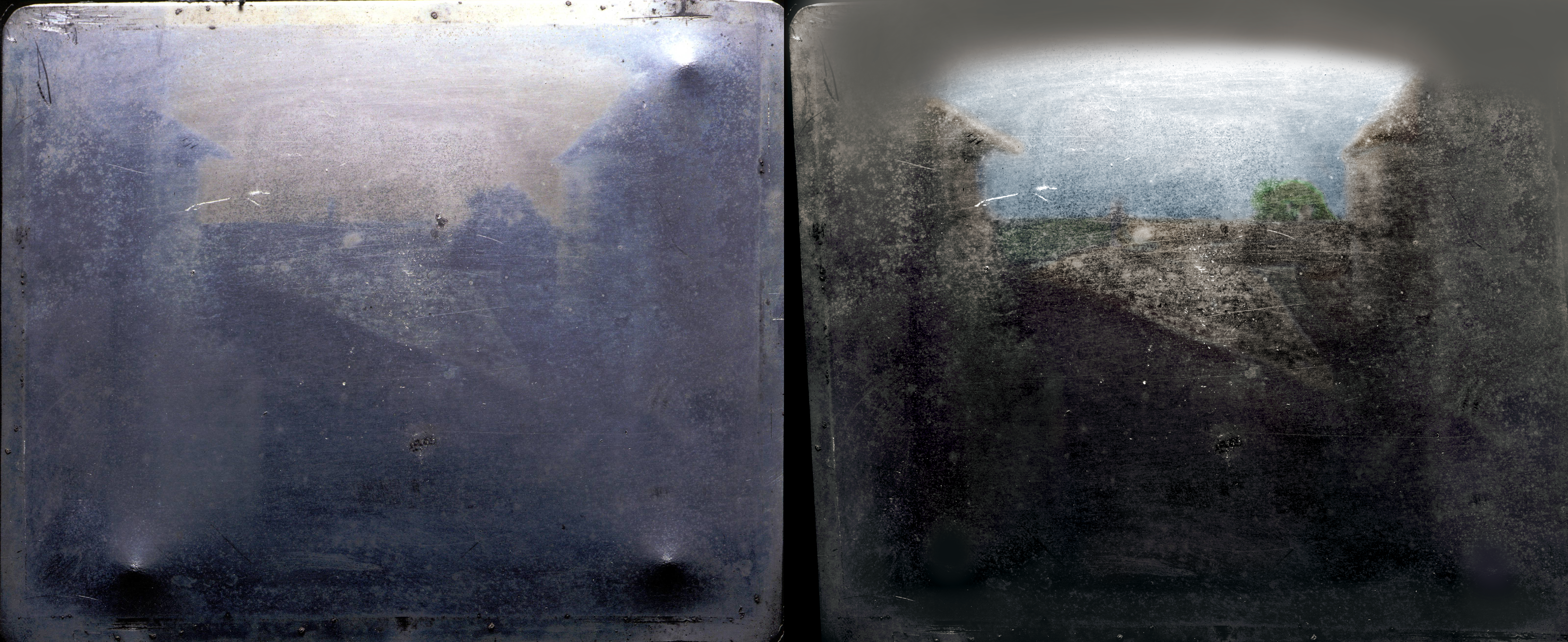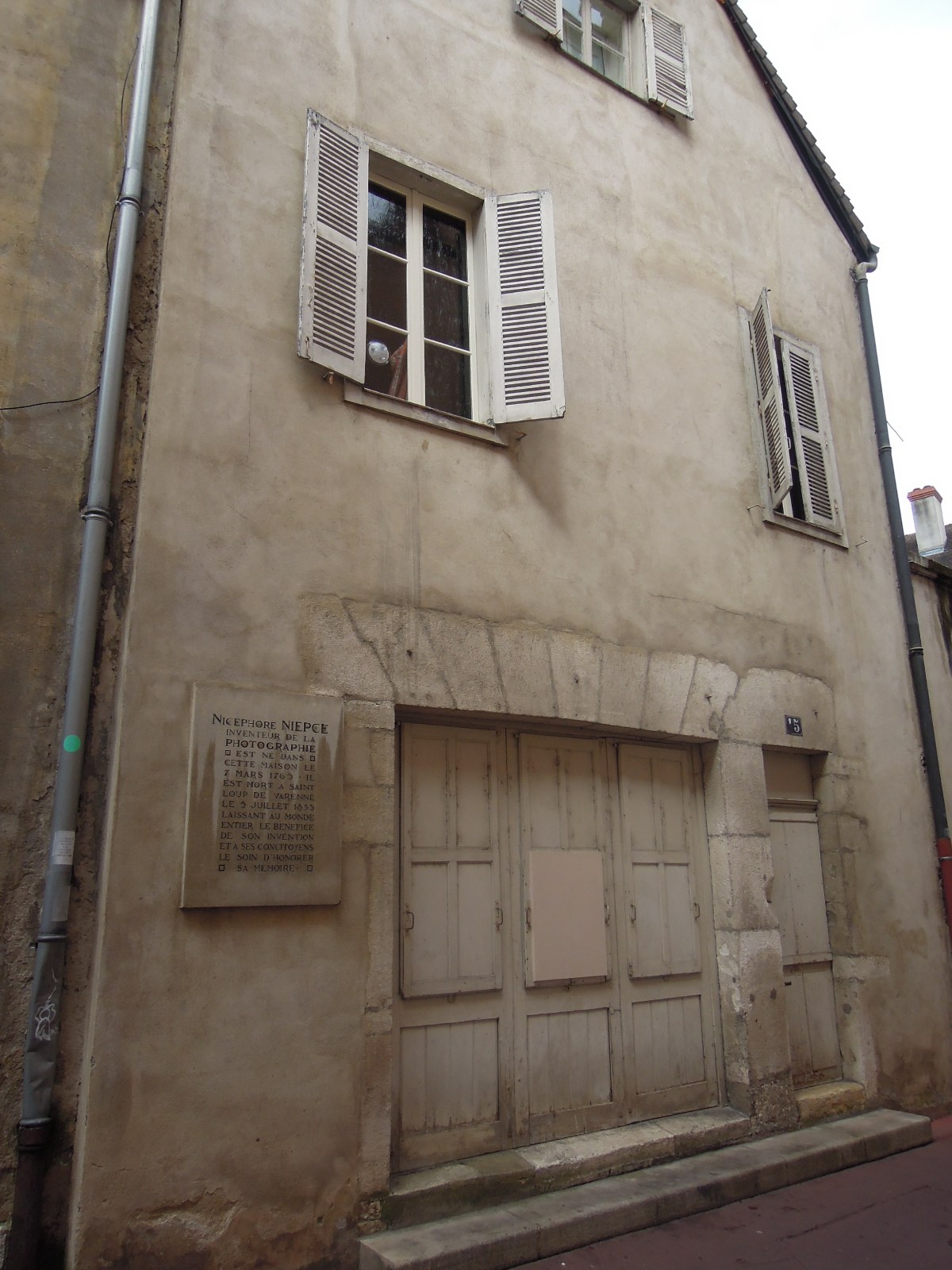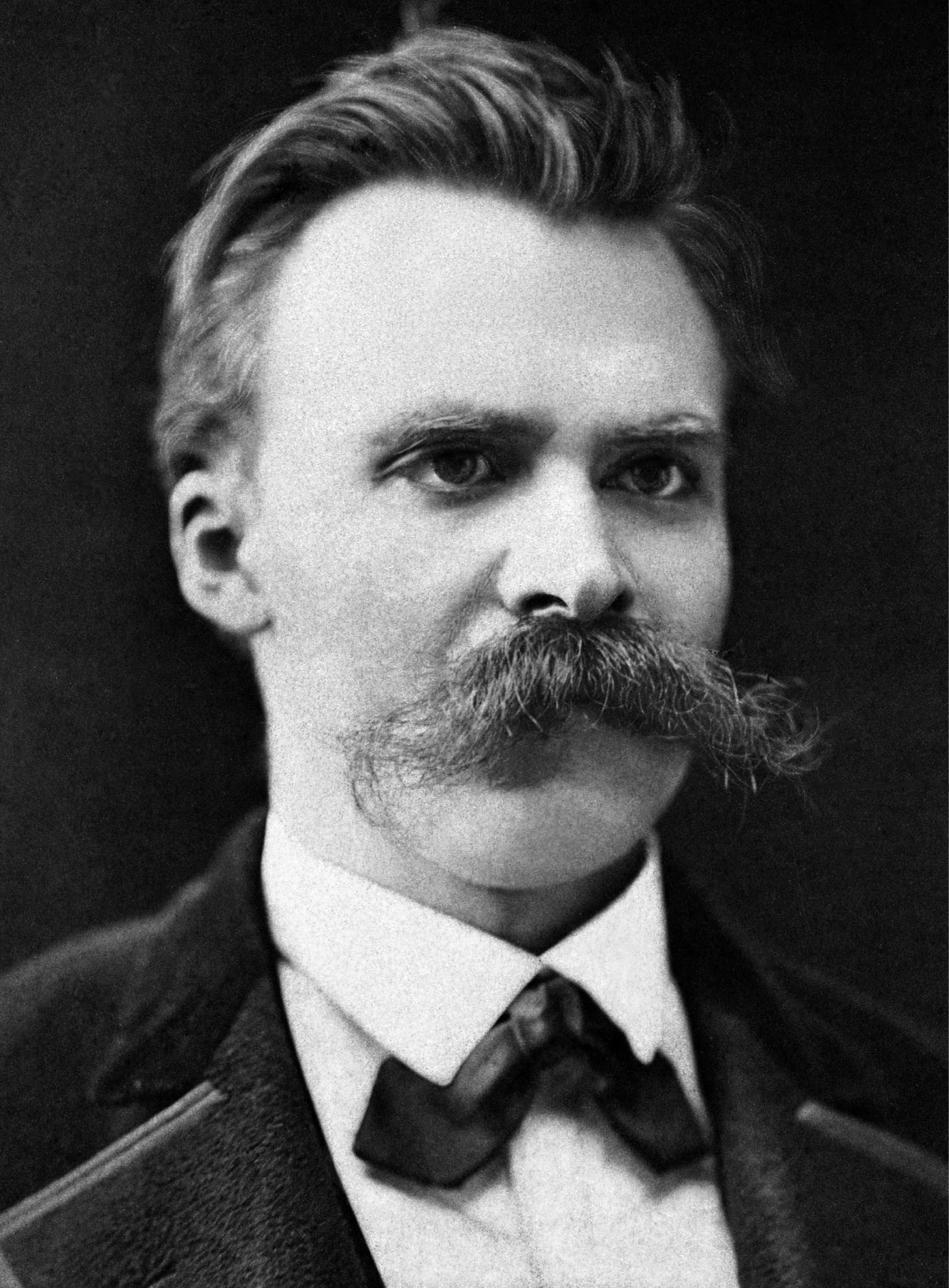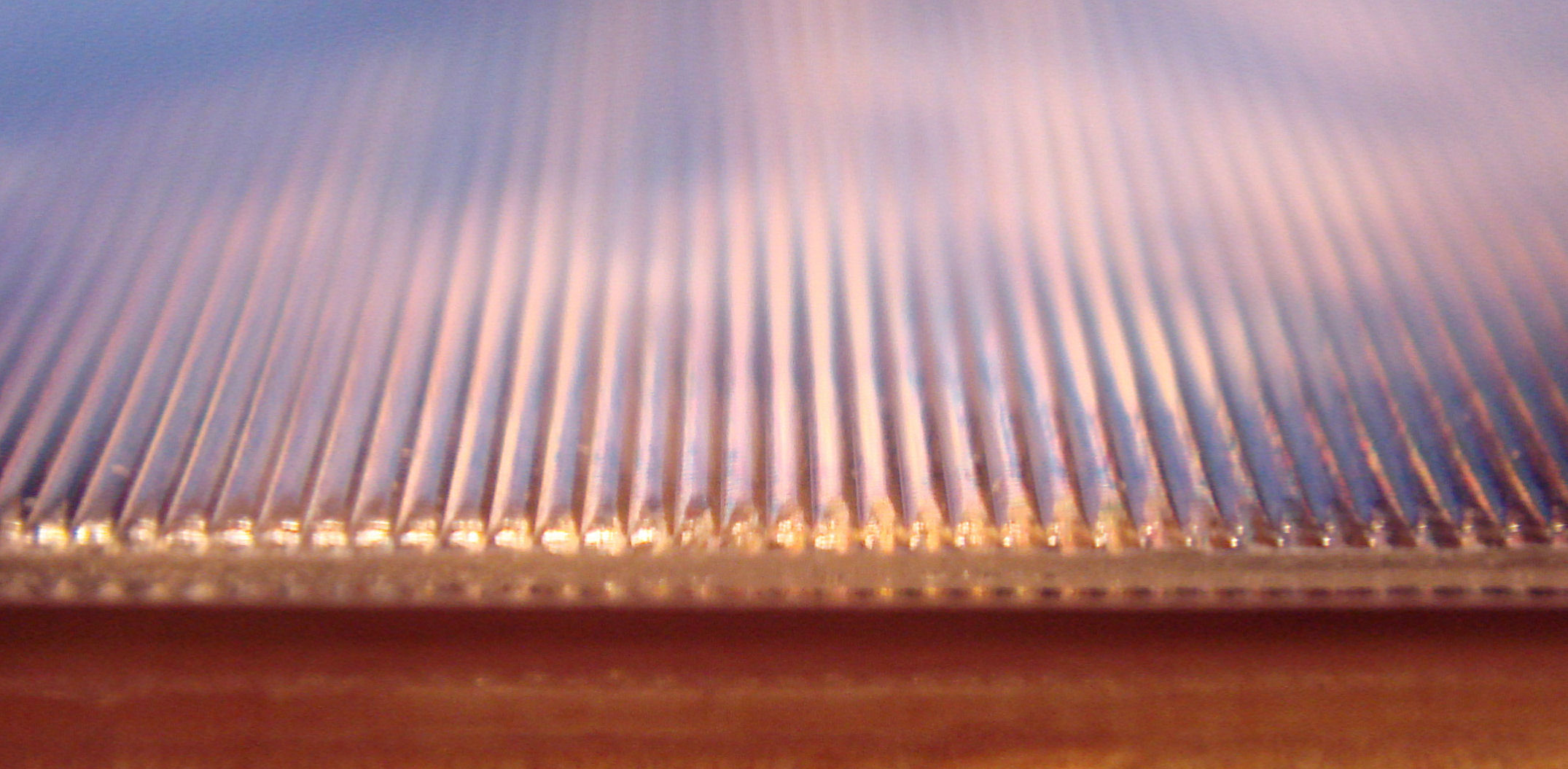|
Kim Timby
Kim Timby (born 1970 in California, United States) is a photography historian based in Paris who teaches at the École du Louvre and works as a curator for a private collection specialising in international nineteenth-century photography. From her research and teaching, Timby writes on the cultural history of photography as a technology. Education Timby's research draws on her learning, and combines her interests, in anthropology, history and photography. Her early experience of the medium was through her maternal grandmother, who had a darkroom and was active in her local photo club and showed her how to print in the darkroom. Her first camera was a high school graduation gift. Timby was educated at the private Connecticut College, New London, where as an Anthropology undergraduate she undertook a minor subject studio arts, studying photography and making photographs in the vintage processes of cyanotype and gum printing. From there she graduated with a Bachelor of Arts in Soc ... [...More Info...] [...Related Items...] OR: [Wikipedia] [Google] [Baidu] |
History Of Photography
The history of photography began in remote antiquity with the discovery of two critical principles: camera obscura image projection and the observation that some substances are visibly altered by exposure to light. There are no artifacts or descriptions that indicate any attempt to capture images with light sensitive materials prior to the 18th century. Around 1717, Johann Heinrich Schulze captured cut-out letters on a bottle of a light-sensitive slurry, but he apparently never thought of making the results durable. Around 1800, Thomas Wedgwood made the first reliably documented, although unsuccessful attempt at capturing camera images in permanent form. His experiments did produce detailed photograms, but Wedgwood and his associate Humphry Davy found no way to fix these images. In 1826, Nicéphore Niépce first managed to fix an image that was captured with a camera, but at least eight hours or even several days of exposure in the camera were required and the earliest resul ... [...More Info...] [...Related Items...] OR: [Wikipedia] [Google] [Baidu] |
Peter E
Peter may refer to: People * List of people named Peter, a list of people and fictional characters with the given name * Peter (given name) ** Saint Peter (died 60s), apostle of Jesus, leader of the early Christian Church * Peter (surname), a surname (including a list of people with the name) Culture * Peter (actor) (born 1952), stage name Shinnosuke Ikehata, Japanese dancer and actor * Peter (album), ''Peter'' (album), a 1993 EP by Canadian band Eric's Trip * Peter (1934 film), ''Peter'' (1934 film), a 1934 film directed by Henry Koster *Peter (2021 film), ''Peter'' (2021 film), Marathi language film * Peter (Fringe episode), "Peter" (''Fringe'' episode), an episode of the television series ''Fringe'' * Peter (novel), ''Peter'' (novel), a 1908 book by Francis Hopkinson Smith * Peter (short story), "Peter" (short story), an 1892 short story by Willa Cather Animals * Peter, the Lord's cat, cat at Lord's Cricket Ground in London * Peter (chief mouser), Chief Mouser between 1929 a ... [...More Info...] [...Related Items...] OR: [Wikipedia] [Google] [Baidu] |
Photo Booth
A photo booth is a vending machine or modern kiosk that contains an automated, usually coin-operated, camera and film processor. Today, the vast majority of photo booths are digital. History The patent for the first automated photography machine was filed in 1888 by William Pope and Edward Poole of Baltimore. The first known really working photographic machine was a product of the French inventor T. E. Enjalbert (March 1889). It was shown at the 1889 World's Fair in Paris. The German-born photographer Mathew Steffens from Chicago filed a patent for such a machine in May 1889. These early machines were not reliable enough to be self-sufficient. The first commercially successful automatic photographic apparatus was the "Bosco" from inventor Conrad Bernitt of Hamburg (patented July 16, 1890). All of these early machines produced ferrotypes. The first automatic photographic apparatus with negative and positive process was invented by Carl Sasse (1896) of Germany. The modern conc ... [...More Info...] [...Related Items...] OR: [Wikipedia] [Google] [Baidu] |
Aesthetics
Aesthetics, or esthetics, is a branch of philosophy that deals with the nature of beauty and taste, as well as the philosophy of art (its own area of philosophy that comes out of aesthetics). It examines aesthetic values, often expressed through judgments of taste. Aesthetics covers both natural and artificial sources of experiences and how we form a judgment about those sources. It considers what happens in our minds when we engage with objects or environments such as viewing visual art, listening to music, reading poetry, experiencing a play, watching a fashion show, movie, sports or even exploring various aspects of nature. The philosophy of art specifically studies how artists imagine, create, and perform works of art, as well as how people use, enjoy, and criticize art. Aesthetics considers why people like some works of art and not others, as well as how art can affect moods or even our beliefs. Both aesthetics and the philosophy of art try to find answers for what exact ... [...More Info...] [...Related Items...] OR: [Wikipedia] [Google] [Baidu] |
Chalon-sur-Saône
Chalon-sur-Saône (, literally ''Chalon on Saône'') is a city in the Saône-et-Loire department in the region of Bourgogne-Franche-Comté in eastern France. It is a sub-prefecture of the department. It is the largest city in the department; however, the department capital is the smaller city of Mâcon. Geography Chalon-sur-Saône lies in the south of the Bourgogne-Franche-Comté and in the east of France, approximately north of Mâcon. It is located on the Saône river, and was once a busy port, acting as a distribution point for local wines which were sent up and down the Saône river and the Canal du Centre, opened in 1792. History Ancient times Though the site (ancient ''Cabillonum'') was a capital of the Aedui and objects of La Tène culture have been retrieved from the bed of the river here, the first mention of ''Cavillonum'' is found in Commentarii de Bello Gallico (VII, chs. 42 and 90). The Roman city already served as a river port and hub of road communications, ... [...More Info...] [...Related Items...] OR: [Wikipedia] [Google] [Baidu] |
Nicéphore Niépce
Joseph Nicéphore Niépce (; 7 March 1765 – 5 July 1833), commonly known or referred to simply as Nicéphore Niépce, was a French inventor, usually credited with the invention of photography. Niépce developed heliography, a technique he used to create the world's oldest surviving product of a photographic process: a print made from a photoengraved printing plate in 1825. In 1826 or 1827, he used a primitive camera to produce the oldest surviving photograph of a real-world scene. Among Niépce's other inventions was the Pyréolophore, one of the world's first internal combustion engines, which he conceived, created, and developed with his older brother Claude Niépce. Biography Early life Niépce was born in Chalon-sur-Saône, Saône-et-Loire, where his father was a wealthy lawyer. His older brother Claude (1763–1828) was also his collaborator in research and invention, but died half-mad and destitute in England, having squandered the family wealth in pursuit of n ... [...More Info...] [...Related Items...] OR: [Wikipedia] [Google] [Baidu] |
Deconstruction
The term deconstruction refers to approaches to understanding the relationship between text and meaning. It was introduced by the philosopher Jacques Derrida, who defined it as a turn away from Platonism's ideas of "true" forms and essences which take precedence over appearances, instead considering the constantly changing complex function of language, making static and idealist ideas of it inadequate. Deconstruction instead places emphasis on the mere appearance of language in both speech and writing, or suggests at least that essence as it is called is to be found in its appearance, while it itself is "undecidable", and everyday experiences cannot be empirically evaluated to find the actuality of language. Deconstruction argues that language, especially in idealist concepts such as truth and justice, is irreducibly complex, unstable and difficult to determine, making fluid and comprehensive ideas of language more adequate in deconstructive criticism. Since the 1980s, these p ... [...More Info...] [...Related Items...] OR: [Wikipedia] [Google] [Baidu] |
Perception
Perception () is the organization, identification, and interpretation of sensory information in order to represent and understand the presented information or environment. All perception involves signals that go through the nervous system, which in turn result from physical or chemical stimulation of the sensory system.Goldstein (2009) pp. 5–7 Vision involves light striking the retina of the eye; smell is mediated by odor molecules; and hearing involves pressure waves. Perception is not only the passive receipt of these signals, but it is also shaped by the recipient's learning, memory, expectation, and attention. Gregory, Richard. "Perception" in Gregory, Zangwill (1987) pp. 598–601. Sensory input is a process that transforms this low-level information to higher-level information (e.g., extracts shapes for object recognition). The process that follows connects a person's concepts and expectations (or knowledge), restorative and selective mechanisms (such as ... [...More Info...] [...Related Items...] OR: [Wikipedia] [Google] [Baidu] |
Color Photography
Color photography is photography that uses media capable of capturing and reproducing colors. By contrast, black-and-white or gray-monochrome photography records only a single channel of luminance (brightness) and uses media capable only of showing shades of gray. In color photography, electronic sensors or light-sensitive chemicals record color information at the time of exposure. This is usually done by analyzing the spectrum of colors into three channels of information, one dominated by red, another by green and the third by blue, in imitation of the way the normal human eye senses color. The recorded information is then used to reproduce the original colors by mixing various proportions of red, green and blue light ( RGB color, used by video displays, digital projectors and some historical photographic processes), or by using dyes or pigments to remove various proportions of the red, green and blue which are present in white light ( CMY color, used for prints on paper a ... [...More Info...] [...Related Items...] OR: [Wikipedia] [Google] [Baidu] |
Virtual Reality
Virtual reality (VR) is a simulated experience that employs pose tracking and 3D near-eye displays to give the user an immersive feel of a virtual world. Applications of virtual reality include entertainment (particularly video games), education (such as medical or military training) and business (such as virtual meetings). Other distinct types of VR-style technology include augmented reality and mixed reality, sometimes referred to as extended reality or XR, although definitions are currently changing due to the nascence of the industry. Currently, standard virtual reality systems use either virtual reality headsets or multi-projected environments to generate realistic images, sounds and other sensations that simulate a user's physical presence in a virtual environment. A person using virtual reality equipment is able to look around the artificial world, move around in it, and interact with virtual features or items. The effect is commonly created by VR headsets consisting ... [...More Info...] [...Related Items...] OR: [Wikipedia] [Google] [Baidu] |
Holography
Holography is a technique that enables a wavefront to be recorded and later re-constructed. Holography is best known as a method of generating real three-dimensional images, but it also has a wide range of other applications. In principle, it is possible to make a hologram for any type of wave. A hologram is made by superimposing a second wavefront (normally called the reference beam) on the wavefront of interest, thereby generating an interference pattern which is recorded on a physical medium. When only the second wavefront illuminates the interference pattern, it is diffracted to recreate the original wavefront. Holograms can also be computer-generated by modelling the two wavefronts and adding them together digitally. The resulting digital image is then printed onto a suitable mask or film and illuminated by a suitable source to reconstruct the wavefront of interest. Overview and history The Hungarian- British physicist Dennis Gabor (in Hungarian: ''Gábor Déne ... [...More Info...] [...Related Items...] OR: [Wikipedia] [Google] [Baidu] |
Lenticular Printing
Lenticular printing is a technology in which lenticular lenses (a technology also used for 3D displays) are used to produce printed images with an illusion of depth, or the ability to change or move as they are viewed from different angles. Examples include flip and animation effects such as winking eyes, and modern advertising graphics whose messages change depending on the viewing angle. Colloquial terms for lenticular prints include "flickers", "winkies", "wiggle pictures" and "tilt cards". The trademarks ''Vari-Vue'' and ''Magic Motion'' are often used for lenticular pictures, without regard to the actual manufacturer. Process Lenticular printing is a multi-step process which consists of creating a lenticular image from at least two images, and placing it behind a lenticular lens. It can be used to create frames of animation, for a motion effect; offsetting the various layers at different increments, for a 3D effect; or simply to show sets of alternative images that appe ... [...More Info...] [...Related Items...] OR: [Wikipedia] [Google] [Baidu] |







